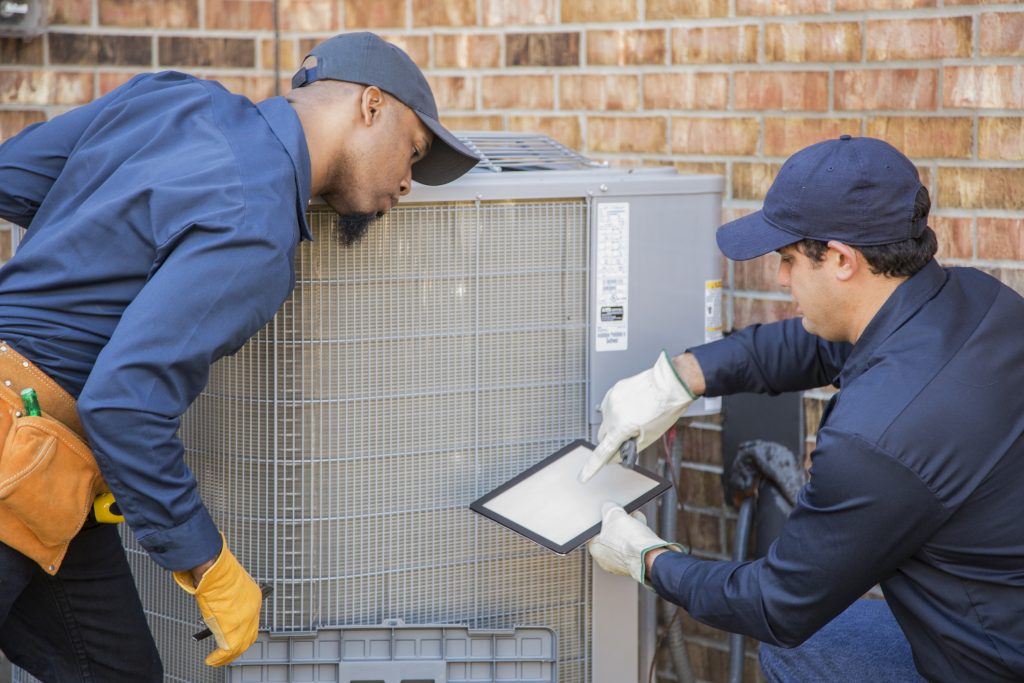By Michael Tobias
Energy bills are among the highest expenses for tenants, especially if the local climate demands plenty of air conditioning or space heating. Energy efficiency measures provide a marketing advantage in the real estate industry, since the prospect of paying less for electricity and gas can attract tenants. Also, developers who invest in energy conservation are also more likely to be regarded as corporate citizens.
Related: Home-Buying: The Rise of Home Energy Scores
Before investing in energy efficiency measures, it's important to understand that every property is unique. The optimal combination of measures to save energy will depend on the design and needs of each building. Ideally, developers should get an energy audit before making any investment decisions. This provides a detailed list of energy efficiency measures, with a cost and benefit analysis in each case.
Since space heating and air conditioning tend to have the highest energy consumption, energy efficiency measures that improve these systems can achieve the highest savings. This applies for both residential and commercial properties.
Reducing the Cost of Space Heating and Air Conditioning
There are three main strategies to reduce heating and cooling costs in buildings. Each approach can yield decent savings, but the best results are achieved when they are deployed together:
Improving insulation and airtightness: Buildings gain plenty of heat through their walls and roof during summer, and they give off heat during winter. When insulation is improved and air leaks are sealed, both of these unwanted effects are reduced. As a result, air conditioners have a reduced workload during summer, and the same applies to heating systems during winter.
Upgrading heating and cooling equipment: Upgrading to newer equipment with a higher efficiency rating is the most direct approach to save energy. However, better results can be obtained if insulation and airtightness are addressed first. This way, the new equipment will have both higher efficiency and a smaller workload.
Controlling the thermostat settings: A common mistake is setting the thermostat at the lowest temperature available for summer, and the highest temperature for winter. However, this leads to extra expenses of up to 3 percent for every degree Fahrenheit, according to the U.S. Department of Energy. If you set back the thermostat for common building areas by a few degrees, significant savings are possible. Individual dwellings and commercial spaces can be equipped with smart thermostats that learn usage habits.
In warm climates, an efficient air conditioning system can save hundreds of dollars for tenants every year, or thousands in the case of large commercial spaces. An efficient heating system can achieve similar results in a place with a cold climate.
Using LED Lighting to Save Energy
LED lighting normally achieves energy savings from 30 - 90 percent, depending on what type of lighting was used before the upgrade.
- Savings close to 90 percent are possible when upgrading incandescent or halogen lamps, which are the least efficient.
- Modest savings in the range of 30 - 50 percent are obtained when upgrading fluorescent lighting, which already offers a decent efficiency.
- When upgrading from HID lighting, savings in the range of 50 - 70 percent are typical.
In all cases, LED lighting offers a much longer service life than the lamps it replaces. For instance, an incandescent bulb rated for 1,000 hours can be replaced with an LED version that lasts 25,000 hours. The savings achieved go beyond electricity consumption since many lamp replacements are avoided over time.
LED upgrades tend to achieve the highest savings in commercial buildings and the common areas of residential buildings. All these spaces use lighting for many hours each day, and, in some cases, the lights are left on 24/7. When inefficient lamps with long operating schedules are upgraded to LEDs, the payback period can be less than one year.
Efficient Water Heating Systems
Water heating is a significant energy expense in residential buildings and some commercial applications such as restaurants. Old water heaters with storage tanks often have an efficiency below 60 percent, and plenty of energy is wasted just to keep the water in the tank warm. Typically, the lowest operating cost can be achieved with the following options:
- Tankless gas heaters
- Heat pump water heaters
As their name implies, tankless heaters require no storage tank, since they heat water quickly as it flows through the unit. This reduces the energy waste of keeping hot water in a tank for long hours. Heat pumps use a storage tank just like conventional heater, but they compensate for losses with a very high efficiency and effective insulation for the tank.
Conclusion
Energy efficiency measures that target heating and cooling systems normally achieve the highest savings. Lighting and water heating upgrades are also cost-effective in many buildings. To make the best investment decisions, the recommendation is getting an energy audit. A trial-and-error approach is not advised, since property owners may end up investing in measures that have a low impact on their building energy consumption.
If a building offers lower electricity and gas expenses than competing properties, tenants are more likely to rent. In the real estate sector, energy efficiency provides a marketing advantage in addition to reducing power and gas bills.
 Michael Tobias is the founder and principal of Chicago Engineers, an Inc. 5000 Fastest Growing Company in America. He leads a team of 30-plus mechanical, electrical, plumbing and fire protection engineers from the company headquarters in New York City, and has led over 1,000 projects in Chicago, New York, New Jersey, Pennsylvania, Connecticut, Florida, Maryland and California, as well as Singapore and Malaysia.
Michael Tobias is the founder and principal of Chicago Engineers, an Inc. 5000 Fastest Growing Company in America. He leads a team of 30-plus mechanical, electrical, plumbing and fire protection engineers from the company headquarters in New York City, and has led over 1,000 projects in Chicago, New York, New Jersey, Pennsylvania, Connecticut, Florida, Maryland and California, as well as Singapore and Malaysia.








